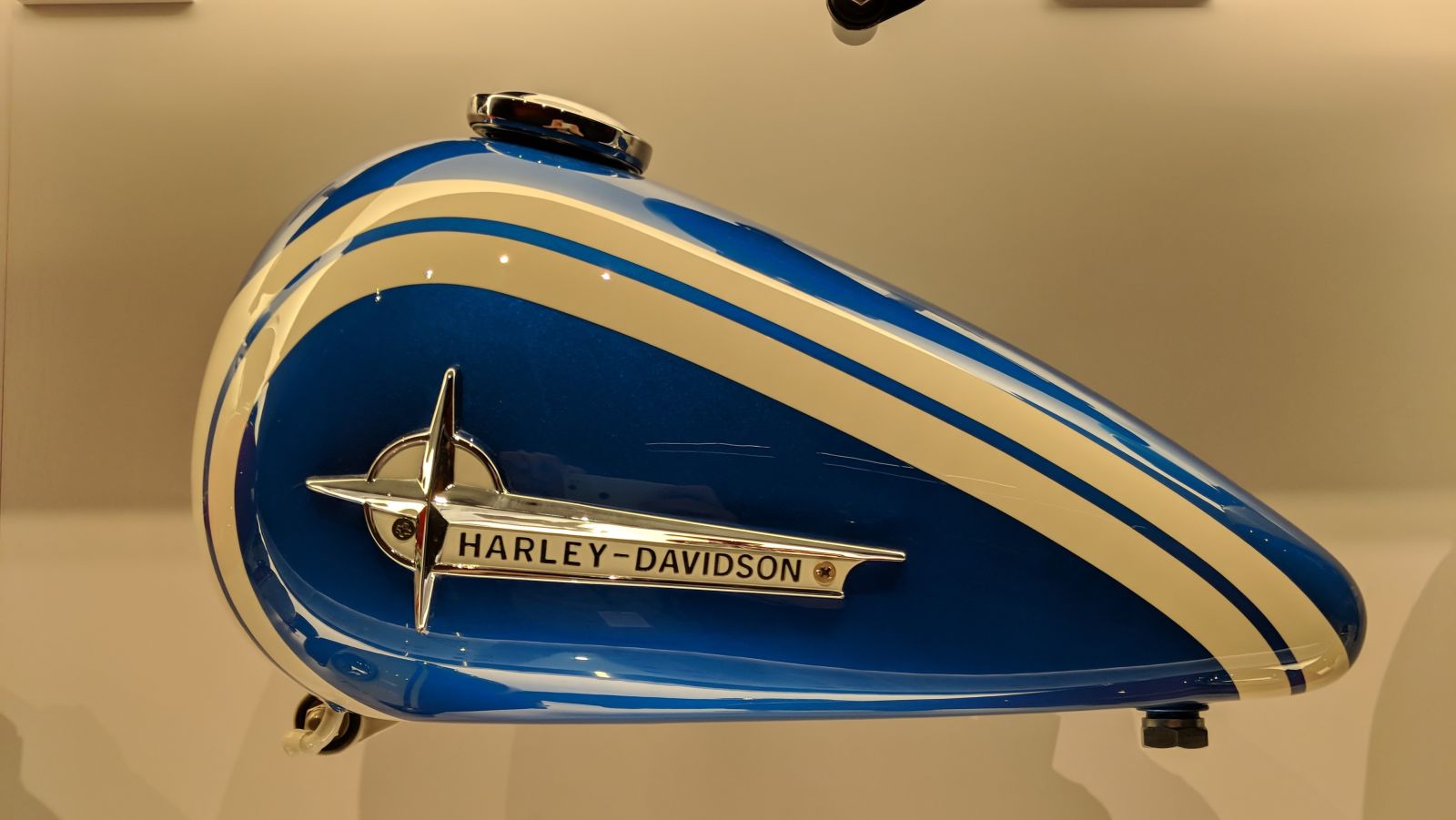
As I’m sure most people know, the Harley-Davidson Motorcycle Co. isn’t doing so hot right now. Let’s be frank here, their market segment is slowly dying off. The same thing was happening with the Corvette; it had been seen as the midlife crisis car for decades now, and without the people who fell in love with the Corvette when hot rodding was still the “in” thing, consumer interest also had a foot in the grave. However, GM saw the writing on the wall and decided they needed to push the Corvette into the future in order to appeal to a new market segment. The C8 Corvette, with its departure from tradition, shows that GM is willing to take a risk in order to stay relevant, and it’s a risk that’s payed off. The younger generation now has a halo product that appeals to what they want, and it will become the aspiration that will drive them to purchase other GM products until they can work their way up the food chain.
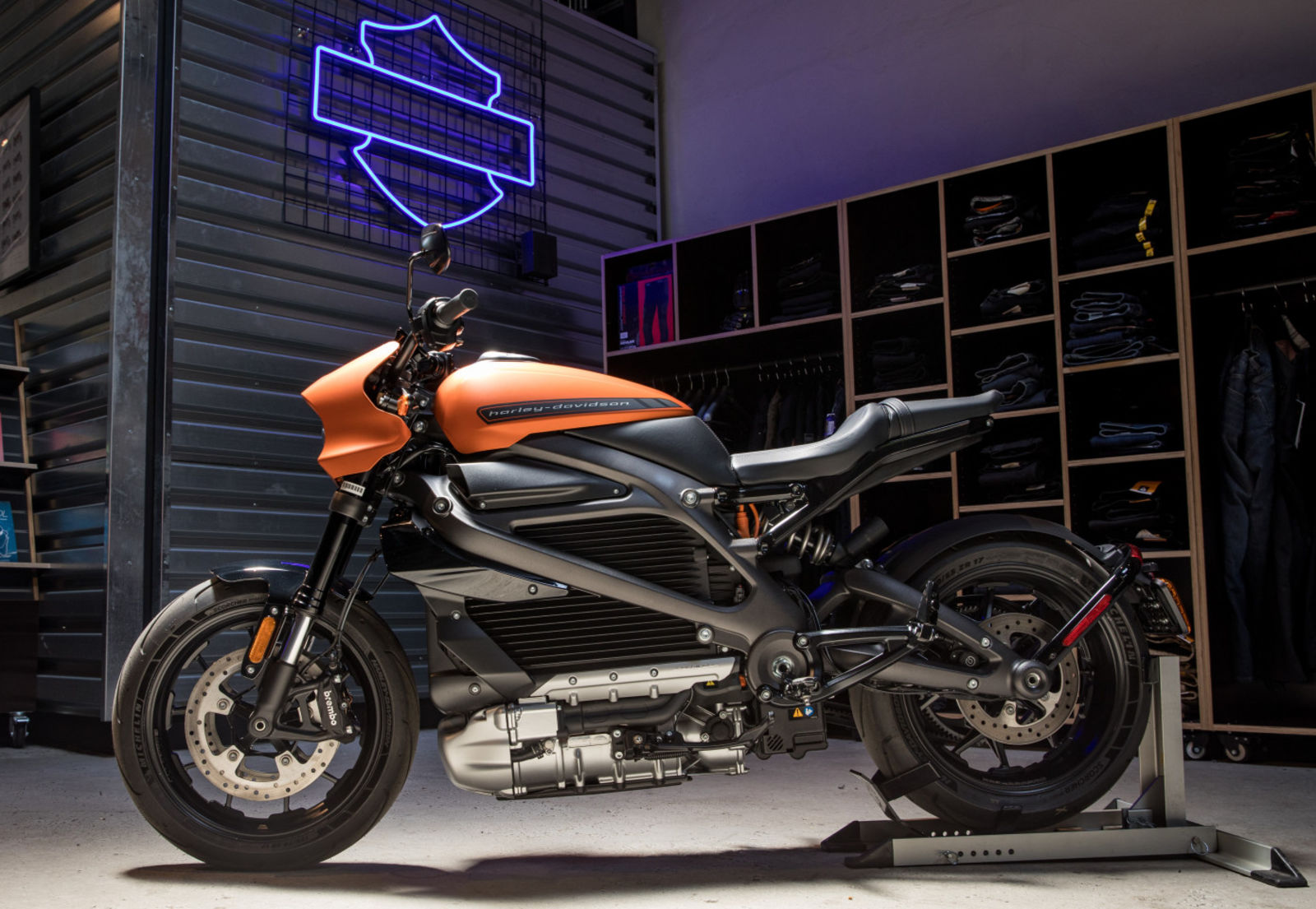
Harley-Davidson, up until very recently, didn’t have such a product. The LiveWire is the first product that they released that’s gotten the attention of gen Z, and it’s the first signs that I saw that Harley finally saw their own grave being dug. Looking at their planned models, I really hope it’s not too little too late. The city mobility concepts do have potential to become the new norm for urban city dwellers. If Harley can distance themselves from their image as a brand from baby boomers, while retaining their badass brand image, I really think they can still pull out of the rut they’ve been stuck in.
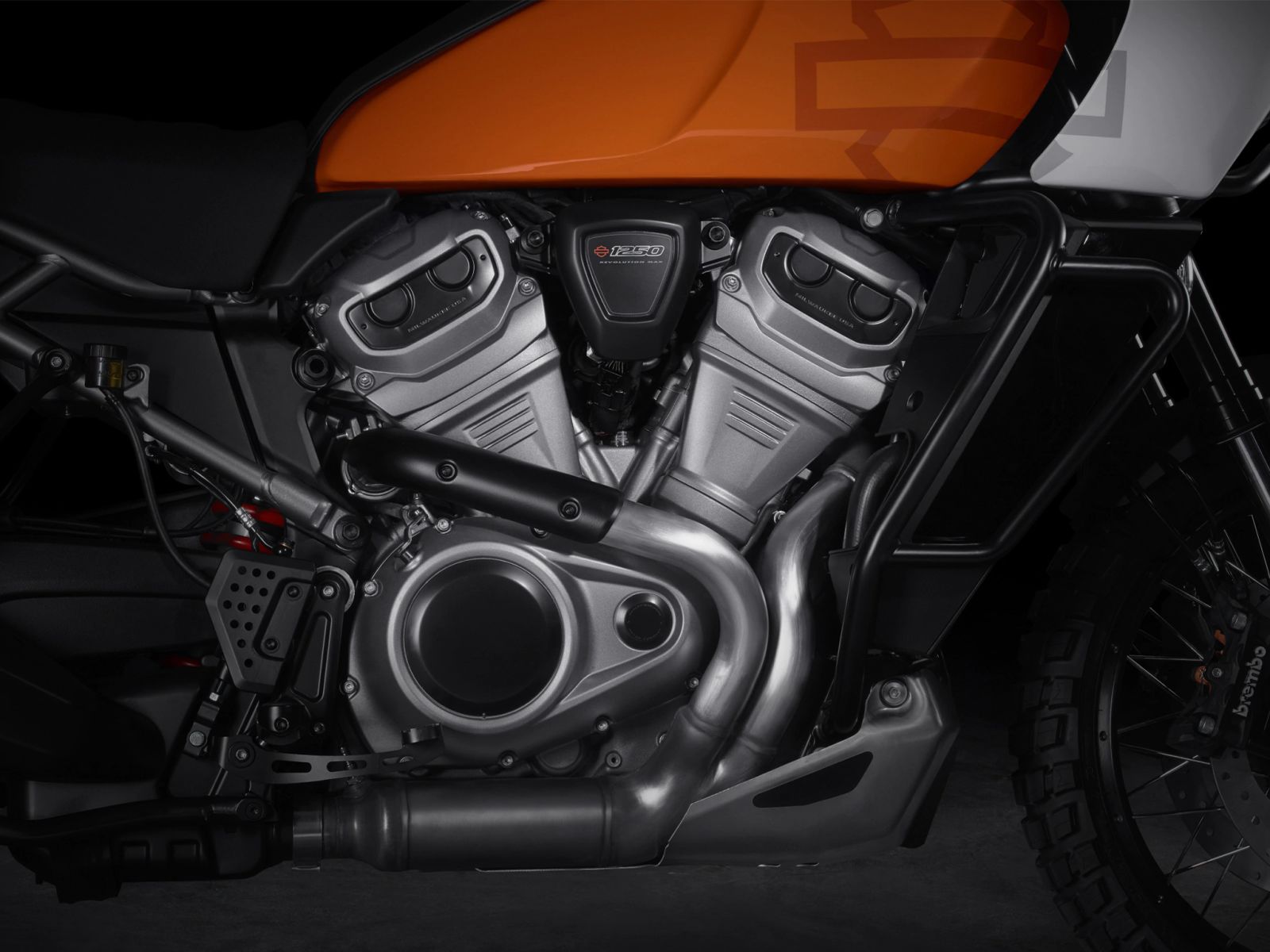
The new Revolution Max engine is Harley’s next big bet to appeal to the techy crowd. Moving away from tradition and instead focusing on modern tech and performance is the same move GM did with the C8. Both the Pan America and the Bronx look to be Harley’s first truly modern, high performance bikes. But this article isn’t about how Harley might save themselves now, in 2020. This article is to say that Harley had the tools to start this process decades ago but bet against the future in a short-sighted move.

Harley debuted the Revolution engine in 2002, and Harley’s customer base hated it with a passion. The V-Rod, the bike the engine debuted in, was a forward-looking motorcycle with classic inspiration and modern performance. It allowed someone to ride a Harley, get the brand name rep, but not have to deal with overheating engines or middling performance. The engine was a complete departure from the traditional 45-degree, pushrod engines of the bygone era. It was co-developed with Porche and cranked out very respectable numbers. By all measures, the V-Rod should have been a hit. But it wasn’t. Harleys customer base very loudly made it known that it’s not what they wanted. Pull up in a V-Rod next to a Road Glide and you’ll probably get slurs hurled at you. This was not a bike or engine that could be marketed to a crowd that only wanted to live in the past. Instead, if Harley had positioned the V-Rod as they did the LiveWire, a modern bike for modern people, kids in middle and high school that were lusting over the Hayabusa or Ducati 999 might have actually taken notice and realized that these were serious bikes. Those kids are now in their mid-twenties to early thirties, the age that more disposable income starts coming their way. They would be the ones to carry the Harley torch in this present time.
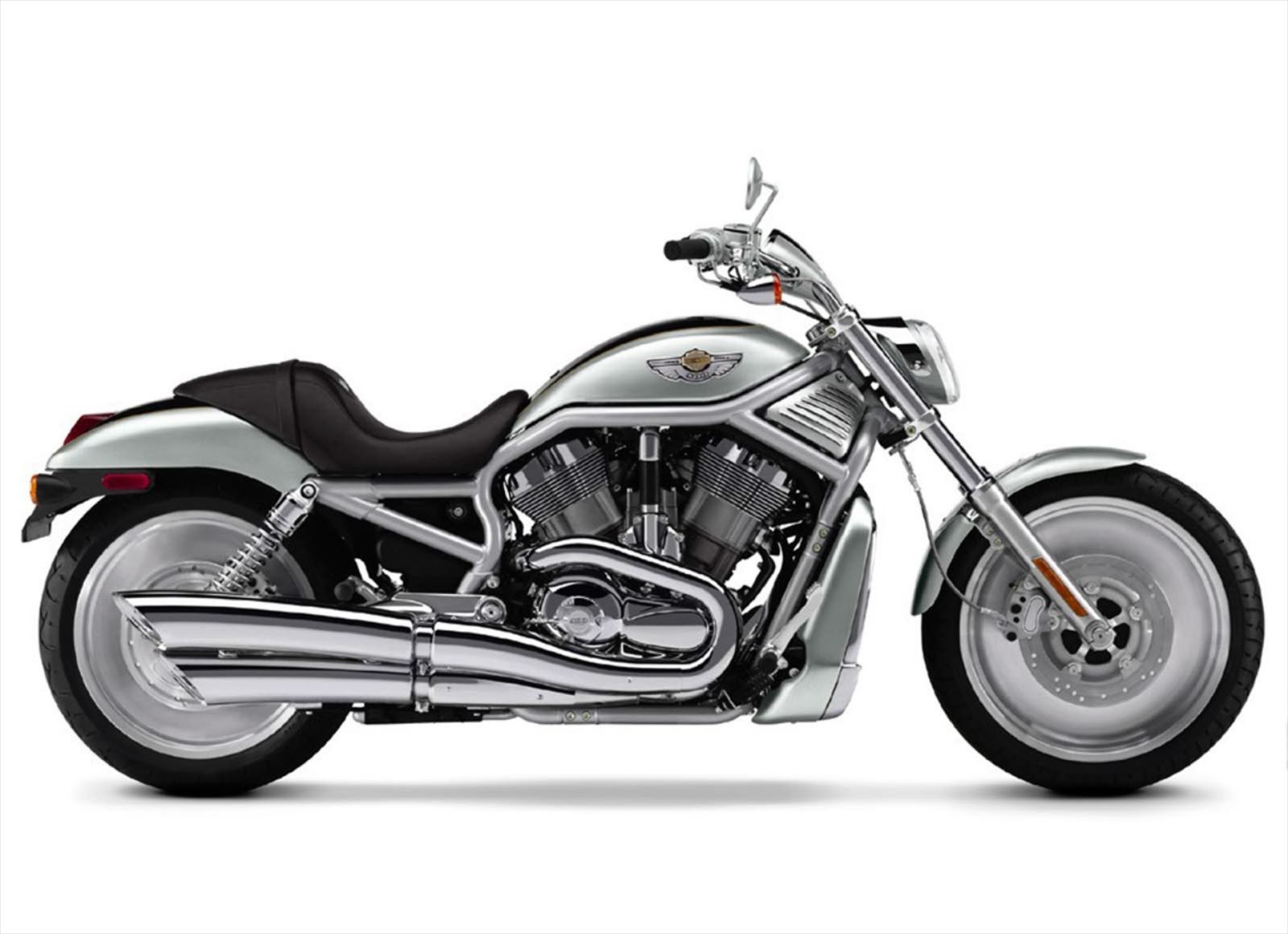
In earnest, the V-Rod did achieve its goal, it sold well in Europe and does attract a different crowd from the traditional Harley. But you can still see that Harley was trying to market it to their traditional guys by making it a cruiser, and by trying to please everyone they ended up with mixed results. Boomers were going to hate it anyways, but they weren’t exactly going to buy anything other than an air-cooled Harley anyways. If Harley-Davidson had decided to go all out and distance the Revolution engine from its traditional customers by putting it in something radically new to Harley, like a sports bike, it would have attracted even more attention from a completely different market segment. Yes, there would have been scorn from both Harley guys and crotch rocket dudes, but if the performance was there to back it up, the performance community and the people who actually cared about a bike’s riding experience would not have turned their backs on it.
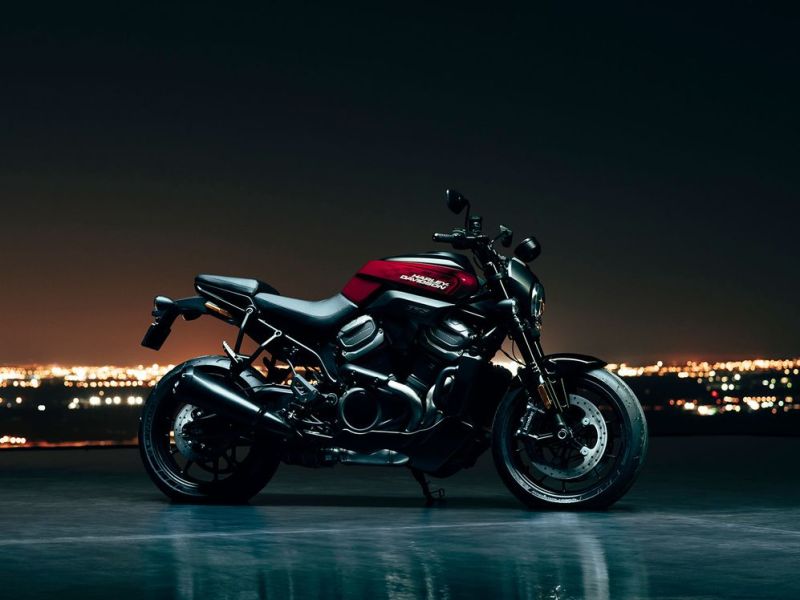
Bronx, that’s the name of the new street fighter that Harley is releasing with the Revolution Max engine. If this bike had been released instead of the V-Rod, back in 2002, it would have shown the world that Harley was really interested in the future and staying relevant as a company, instead of being content sitting on their laurels and selling the same product to the same crowd of people. Harley is then following it up with a high-performance custom model. If this same launch pattern was done back in 02, Harley-Davidson would not be in the dire straits that they find themselves in now.
I learned to ride on a Harley, and while all I own curently is old broken Hondas, I’d love to be able to ride a Harley that I’m proud of one day.